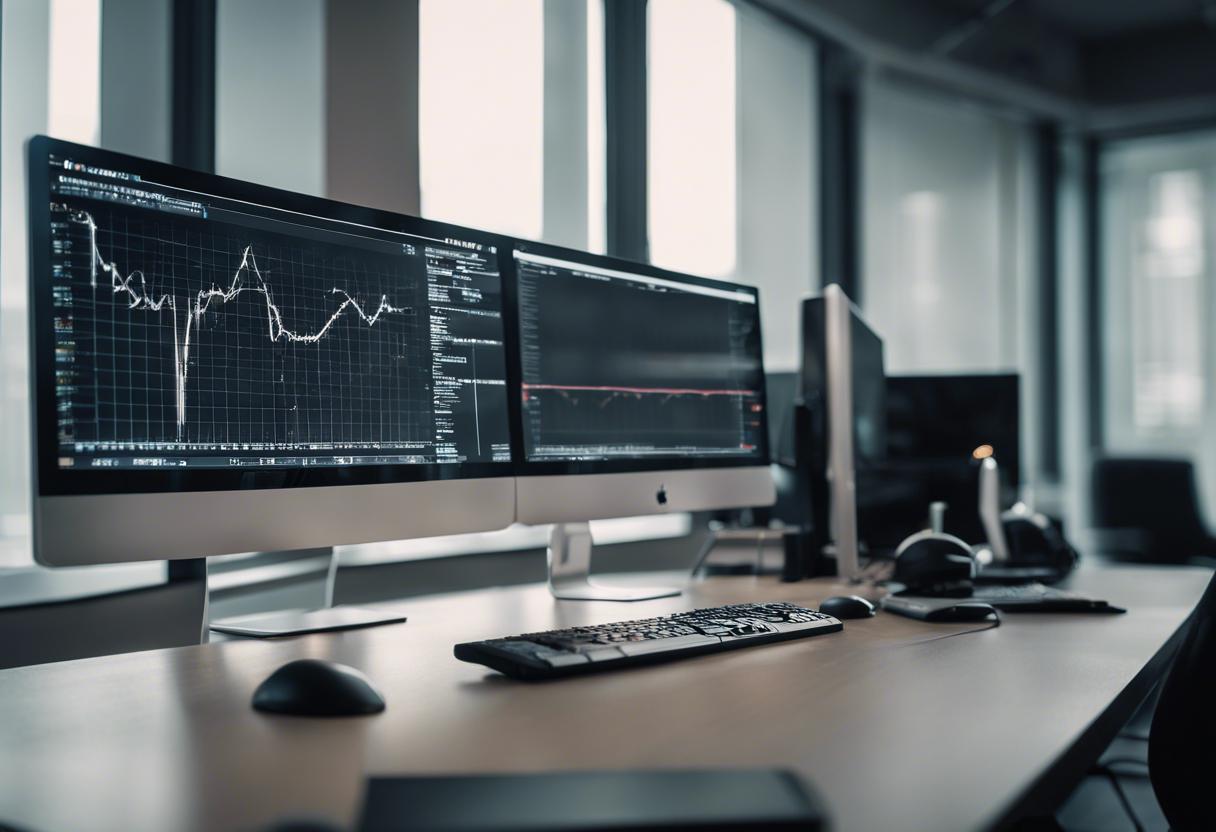Tesla’s highly awaited Robotaxi launch event was met with a lukewarm response. According to Morgan Stanley analyst Adam Jonas, it was supposedly the ‘most eagerly awaited product introduction in the history of Tesla’, yet it left investors and analysts unimpressed with a scarcity of vital information and specifics. Jonas expressed his disappointment in a client note titled, “That’s it?”. The stock promptly fell by 10%.
Yet should investors really be caught off guard? Back in 2015, Elon Musk had projected completely self-driving vehicles by 2018. By 2019, he stated that by the end of 2020, there would be a million operational robotaxis. That target was then moved to 2023.
Now, Musk is estimating that Tesla’s Cybercab will be manufactured “prior to 2027”. Despite these changes, many investors were evidently taken aback, reflected in the drop in Tesla stocks and the surge in shares of ride-sharing companies Uber and Lyft.
Ryan Brinkman from JPMorgan pointed out a 68% rally in Tesla shares since April, contradictorily to steadily declining estimations for car sales, earnings, and free cash flow for 2024 and 2025. He suggested that this contradiction between the jump in stock price and waning earnings could be attributed to the ‘excitement for Robotaxi day’.
Now, investors need to refocus on more typical concerns, such as Tesla’s approaching quarterly earnings report this Wednesday. As the initial shock wears off, Tesla’s investors are faced with the usual conundrum: reconciling Musk’s seemingly lofty future promises with the existing actual performance of the company.

